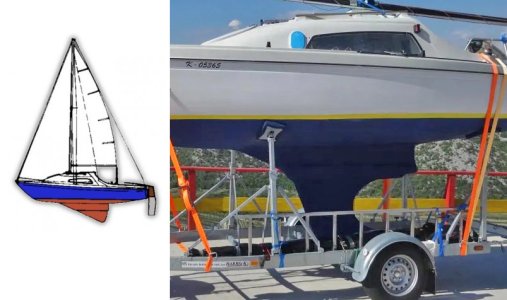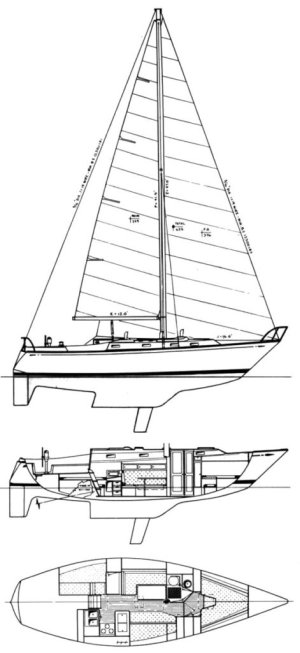sporades
New member
Considering buying a Manta 19 sailboat (an old boat from the Schochl boatyard, a Miglitsch design) which had a swing keel that the owner replaced with a fixed keel supposedly to make the boat more seaworthy, with the fixed keel being considerably heavier and deeper than the swing keel. The original draft of 91cm is now a draft of 1.35m. The keel is iron with a lead bulb at the bottom.
He sailed it along the Croatian coast to Montenegro and says it works well, but looking at how it moves the centre of resistance (?) forward so much I wonder how this has affected the way the boat behaves. I will attach a photo showing the original keel design and the replacement. Does it look suspect? Does anyone have experience of similar keel replacements?
He sailed it along the Croatian coast to Montenegro and says it works well, but looking at how it moves the centre of resistance (?) forward so much I wonder how this has affected the way the boat behaves. I will attach a photo showing the original keel design and the replacement. Does it look suspect? Does anyone have experience of similar keel replacements?


